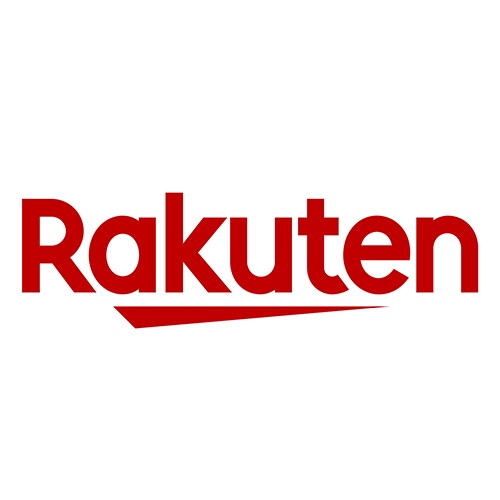Japan's innovative mobile network play has made solid progress on its open RAN journey, but more industry work is needed to silence the doubters.

If there was an operator award for generating the most noise and interest surrounding open RAN and cloud-native networks during 2020 then Japan's Rakuten Mobile would surely win it.
True, Vodafone and Telefónica have also been banging the open RAN drum loudly this year. Deutsche Telekom has been shouting a lot more about it as well, particularly since the O-RAN Alliance formed a strategic partnership with the Facebook-backed Telecom Infra Project in February.
Figure 1:  Making waves: Rakuten CEO Hiroshi Mikitani on stage at a recent press event.
Making waves: Rakuten CEO Hiroshi Mikitani on stage at a recent press event.
It's only Rakuten Mobile, however, that has gotten its hands seriously dirty with the nascent tech through sizable commercial launches in urban areas.
Gate-crasher
A few short months ago, in April, Rakuten Mobile gate-crashed Japan's 4G market with what it claimed was a "full-scale commercial launch" of open RAN and an "end-to-end" virtualized network. In September, Rakuten made its 5G move.
In both 4G and 5G, Rakuten Mobile aggressively undercut rivals NTT Docomo, KDDI and Softbank with unlimited data plans. A much leaner cost base apparently makes all this possible.
CTO Tareq Amin claimed that the operating costs of Rakuten Mobile's network were "already 30% lower than that of a conventional network," despite serving some of the densest urban conurbations in the world.
In keeping with the open RAN ethos there's also vendor diversification, albeit not a massive amount. US software Altiostar, in which parent company and e-commerce giant Rakuten has a majority stake, sits alongside Airspan, Intel, NEC Corporation and Qualcomm in the supplier mix.
The upshot is that operators elsewhere, which are looking seriously at open RAN, will closely monitor the progress of Japan's open RAN gate-crasher.
Amin to that
It's an impressive achievement for Amin in a short space in time. He only moved to Japan from India, where he worked as SVP of technology development and automation at upstart Reliance Jio, in June 2018.
And aside from getting Rakuten Mobile up and running within two years since taking on the CTO role, he has proven adept at evangelizing abroad the Rakuten Communications Platform (RCP), which packages all the system integration learnings in Japan as something approaching a template for other operators to follow.
Enrique Blanco, CTIO of Telefónica, appears to be a Rakuten Mobile admirer. In September, Telefónica signed a MoU with Rakuten Mobile with a view to deepening their open RAN collaboration.
At the MoU's signing, Blanco said Telefónica had plans to run pilots of open RAN technology during 2020 and 2021, as a "precursor to a massive deployment in one of our main cities, our main operations" in the first quarter of 2022.
He predicted that, between 2022 and 2025, 50% of the operator's upgrades to radio sites would employ open RAN technologies.
"This is not a wish, this is not a hope," maintained Blanco. "Rakuten has demonstrated that this is a fact."
But 2020 was not the year of open RAN
Despite Rakuten Mobile's progress, wider industry doubts remain about the extent of open RAN cost and performance advantages, if any, compared with offerings from "monolithic vendors."
Rakuten Mobile's 5G speeds were a lot slower than its rivals at launch, and coverage of the next-gen tech was limited, although Amin maintains these issues will be quickly resolved.
Want to know more about 5G? Check out our dedicated 5G content channel here on Light Reading.
Gabriel Brown, principal analyst at Heavy Reading, thinks 2021 rather than 2020 may be a more defining year for open RAN, although he did not expect (like Blanco) widespread take-up of the tech until four or five years' time.
Speaking to Light Reading's Phil Harvey, Brown maintained that "what comes out of the silicon ecosystem next year is important to support open RAN in terms of how it will impact on performance and cost, and how practical it will be to build."
Related posts:
— Ken Wieland, contributing editor, special to Light Reading
Read more about:
AsiaAbout the Author(s)
You May Also Like











